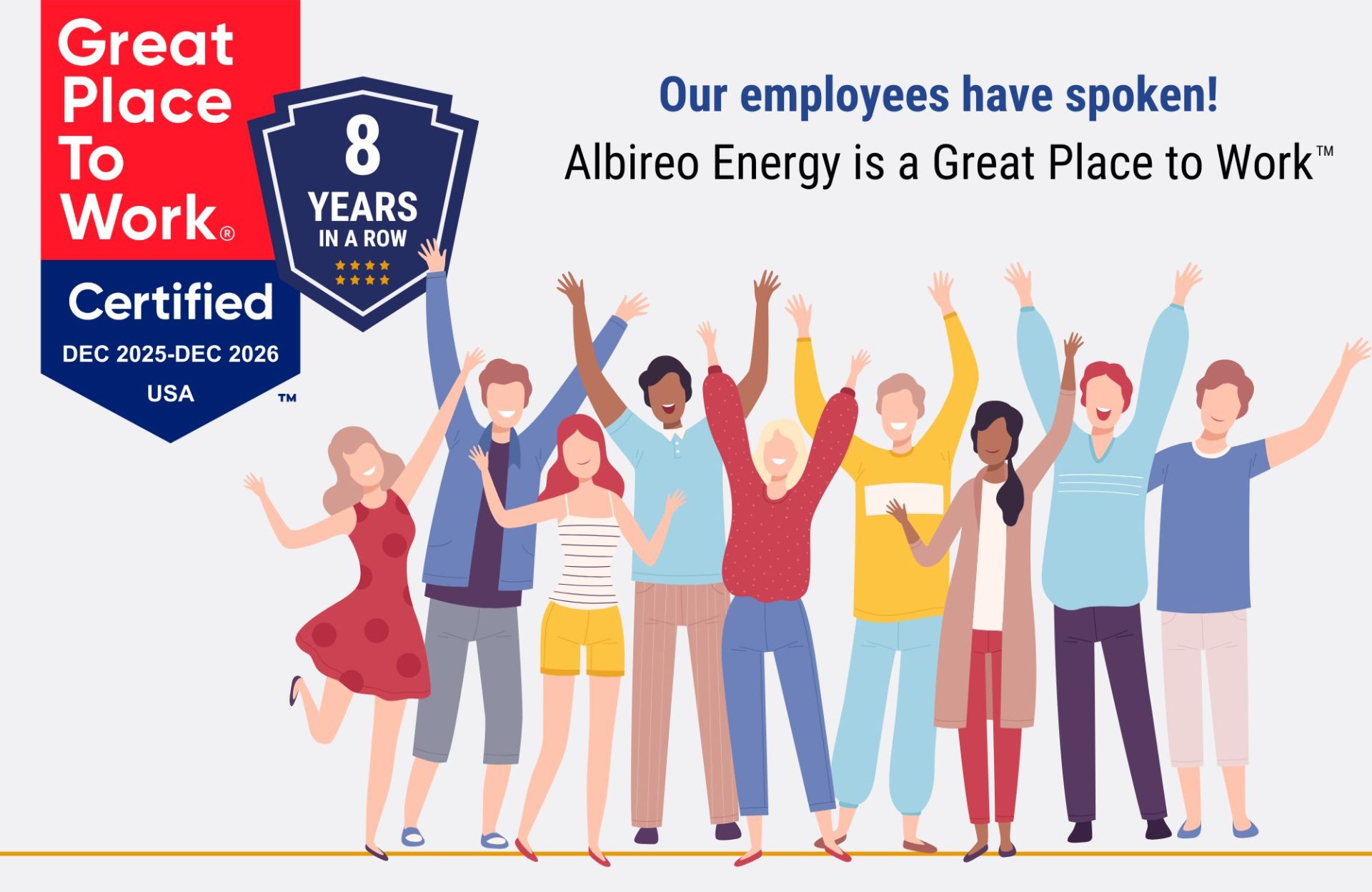There is a huge opportunity for reducing energy consumption in small data centers that are under 5,000 square feet. Traditionally, smaller data centers have not prioritized energy efficiency due to limited resources and the perception that there would not be a significant impact because of their smaller scale.
Small data centers make up more than half of the servers online and reducing their energy consumption would have a tremendous impact on the energy usage of the collective data center sector.
Challenges
The biggest challenge to initiating energy efficiency strategies in smaller operations is the cost. With limited budgets, an intensive audit and expensive upgrades in facility makeovers are often not plausible. Usually the team that is managing the equipment and operations is not the same team that is paying the energy bills, so there is a disconnect in information exchange leading to a lack of recognition for opportunities to save. Or there is not a dedicated team or employee to concentrate on energy efficiency.
Occasionally, there are competing interests from stakeholders that would affect decision-making on effective measures. There are some simple practices that can lead to energy savings that a small data center can implement. Some of these measures may not be evident without a dedicated energy manager for the facility.
An alternative to employing a full-time energy manager, which may not be feasible, would be to partner with an experienced energy consultant who could provide the oversight needed to improve energy management strategies. There are some simple measures that could create savings such as turning off unused servers, managing heat load and humidity, and more.
Unused Servers
The US Department of Energy (DOE) reports that an estimated 20-30 percent of servers are “comatose”. These servers are not performing useful work but are still consuming about 50 percent of their full-load power. Equipment analytics can be used to determine when each machine is running. Smart, automated software can provide these real-time analytics and manage equipment run schedules.
Shutting down servers when not in use can save not only on the power they would draw but also on cooling needs.
Air Management
Temperature, humidity and heat load must be carefully managed to keep equipment running at optimum levels. HVAC equipment to provide cooling consumes large amounts of energy. Carefully managing the airflow can reduce load significantly. Preventing the cool air supply from mixing with the heat discharge is key to reducing cooling requirements.
Using the higher end of ASHRAE standard recommended range can also be significant. Other strategies can include using fewer and shorter cables, grouping servers with similar functions or heat production together, directing cooled air onto the face of the servers and reusing produced heat in other areas of the facility during the heating season.
The National Renewable Energy Laboratory (NREL) used many of these strategies to design and build its new research facility and achieved a 60 percent energy consumption reduction after the first year of operation. By using best building practices and energy efficient technologies, NREL was able to reduce its energy use by nearly 1,450,000 kWh which translated into $82,000 savings compared to the legacy center.
Humidity Control
The ASHRAE standards for humidity in data centers provide a wide range. Significant savings can be achieved by adjusting the requirements based on the minimum and maximum instead of a static fixed setting in the middle. This can lead to virtually turning off active humidity control.
Uninterruptable Power Supply (UPS)
Analyzing UPS needs and determining ways to minimize the number and size of the units can lead to savings without affecting resiliency. There may be unnecessary redundancy for applications that could be shut down and restarted without adverse effects. Selecting ENERGY STAR units and using the Eco-mode could be a simple solution.
External Data Center
In some situations, it makes sense to move data center operations to an external data center. A larger data center or co-location center can have better security, better redundancy and better efficiency.
Equipment Upgrades
Replacing older IT equipment with newer, more powerful and higher efficiency equipment should be considered. An ENERGY STAR certified server consumes 30 percent less energy than standard servers. Newer units have increased productivity which may allow for fewer units required for computing needs.
There are many more ways to improve efficiency in heavy consuming data centers such as consolidating and virtualizing applications, installing variable-speed drives on cooling system fans, and installing rack and/or row-level cooling.
The list goes on. Small data center operators should be prioritizing energy management. Albireo Energy can partner with small data centers to design, engineer, install, commission and maintain data center solutions that can improve data center performance significantly while achieving company goals and compliance requirements.
With Albireo on the project, data center stakeholders can be confident that solutions will be the best fit with the best results, bringing the data center to the top of its class.






